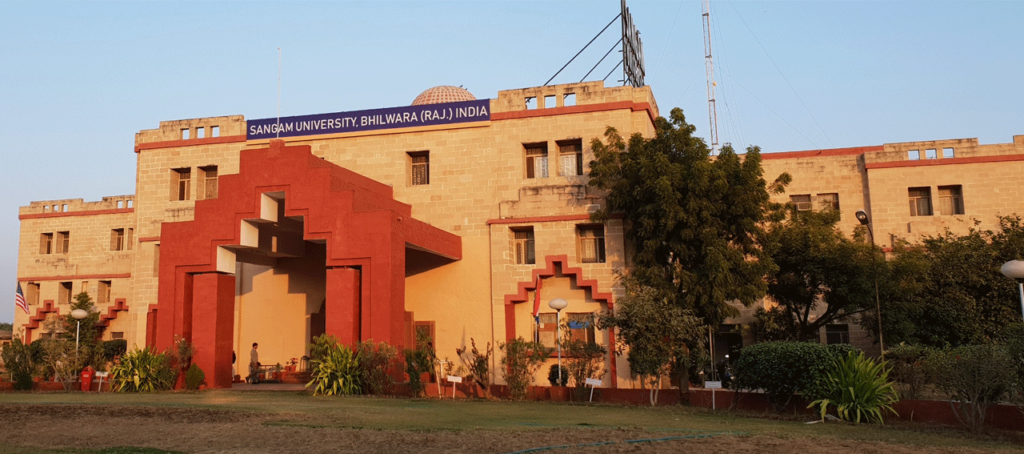Planning and Preparing for Teaching.
Planning is the best antidote for the nerves that many people feel when teaching a subject for the first time or meeting a new group of students. It is also the only way to ensure that our educational objectives are achieved. Planning begins with thinking about how we would like our students to approach their learning in subject and what we would like them to understand, know or able to do the end of the session or reviewing an existing subject, it is also important to consider the effects of our teaching and assessment on student’s learning.

The following is an outline of stages, the Sangam University takes up in planning a subject, each of these stages are considered as a guide:
Stage 1:
- Aims and Objectives: The very first thing to consider when we are planning a learning experience is what exactly we intend our students to learn. Teaching and learning activities, content creation and assessment all stems from these essential ideas.
- Student Learning: Considering the approach we would like the students to take their learning in our subjects.
- Contents: Reading the official handbook description of our subject.
- Organization: Selecting from the contents of the subject, which we have already selected from the general area of the subject, the material which would be converted in formal class, contact time and appraise the remaining content with respect to how students will be expected and required to learn.
- Teaching approach: Working through different possible ways in which we will teach the essential materials through lecture, discussions, problem-solving, role-playing o simulations, debates, online discussions, link to important sites, discussion of literary resources, self-management learning materials.
Stage 2: Finishing the academic preparation before the semester begins. The sequences of stage 2 are flexible. Items are taken in different orders. They are often carried out simultaneously.
Stage 3: Before each formal teaching session, the faculty member identifies what problem(s) stood in the way of academic session in past and explains how to avoid or mitigate the problem(s) in future.
Stage 4: Planning to keep a reflective journal in which we note after each session what we wanted to do, what went well and what went wrong, whether the resources worked well and how we involved students during the session.